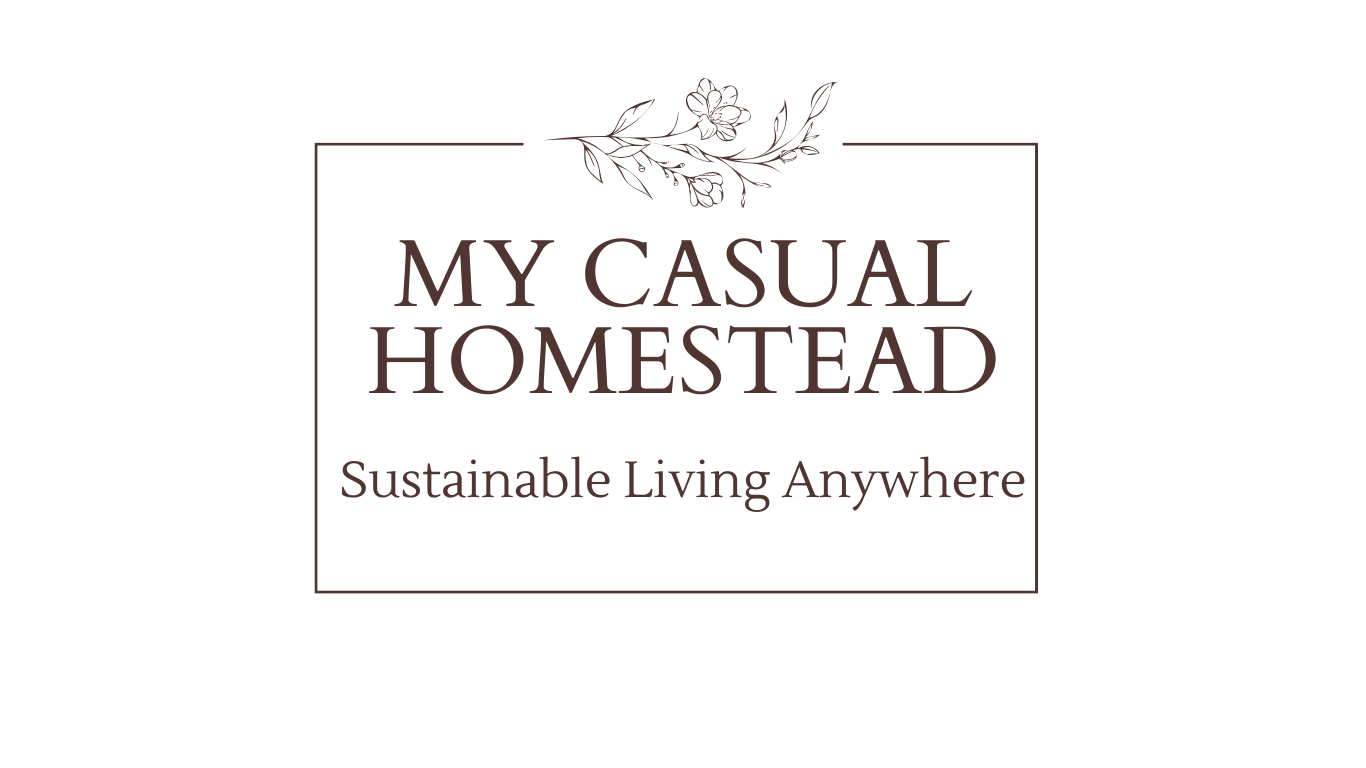For many people, preparing food at home results in vegetables scraps and food that are not worthy of human consumption and are often thrown into the garbage. On our homestead, you might as well be throwing away money. According to the Washington Post, American families throw out between 14 and 25 percent of the food and beverages they buy. This can cost the average family between $1,365 to $2,275 annually. Ouch! Besides not being a sustainable practice that is money that could go to other resources. For us, that resource is food for our animals and soil for our gardens. No animals? That’s okay a compost pile can be made almost anywhere. Nifty crank handle tumbler bins are available in any size and take much of the guesswork out of making compost. ( I totally want one). Or buy a small one gallon compost bucket for you kitchen and create a small, cold compost pile which just means throw all of your veggie scraps and lawn clipping into a pile and let nature do its work. It takes longer but is just as useful and you are making soil not throwing away money into a landfill somewhere.
On our homestead, because we do have animals, all food scraps have a home. Here is our method of using leftovers, food scraps and cutting down on waste.
Compost (As far as I can tell, nothing likes to eat the following so they go in the compost).
- coffee and coffee filters
- mushroom stalks
- avocado peels and seeds
- citrus rinds
- onions peels
- garlic peels
- feathers (from butchering)
- *eggshells – if I don’t have pigs at the time
For the Chickens
- apples
- cooked rice and grains
- pasta
- bread products
- tortilla shells
- lettuce and other greens
- cabbage
- pears
- stone fruits, minus the stones
- cooked beans
- peppers, cucumbers, eggplant, corn, zucchini
Feed the Rabbits
- apples
- lettuce and other greens
- carrot peels
- celery ends
- cabbage
- bread
Slop the Pigs
- all milk products, even spoiled milk and ice cream
- bread products all
- corn and corn peels
- banana peels
- grains
- tomatoes, peppers, whole avocado, eggplant, cucumbers, zucchini
- melons, including rinds
- lettuce and other greens
- eggshells
- potato skins
To throw away?
So here’s the question, what to do with meat scraps and bones. I think that is going to depend upon your homestead. Meat attracts scavengers, predators and sometimes your own dog, that potentially are breaking into your chicken pen (chickens are omnivores and will happily eat meat), pig pens (omnivores as well), or your compost. So with that in mind, this is what I do.
Dog
My dog is an Alaskan Husky and has a garbage disposal for a belly. As far as I can tell she can eat anything and does. Chicken, fish, and other bone fragments don’t hurt her. I’ve even seen her eat a whole turkey leg, nails and all, no problem. I wouldn’t necessarily recommend you feeding your dog the same things.
- Meat scraps
- Fish skins
- Uncooked moose (substitute beef or lamb for moose if you are in the lower 48) and pork bones.
Pigs
- Fish head and organs
- Rabbit organs from butchering
- Turkey and chicken organs from butchering
- Any whole animal killed by a predator and/or road kill
- Baby rabbits (that die occasionally)
For Stock or Bone Broth
I use all of the rabbit, turkey, and chicken bones, and large leg bones of moose to make stock with. Roasted and then simmered for several hours with spices and veggies it makes an excellent broth. Don’t throw the bones away! Do you want to make your own bone broth? Check out our recipe for a nutritious amazing Basic Bone Broth









